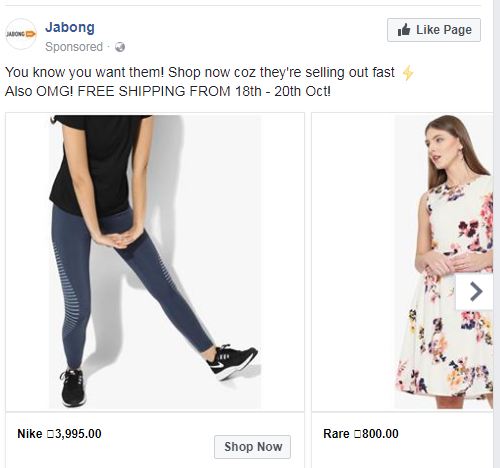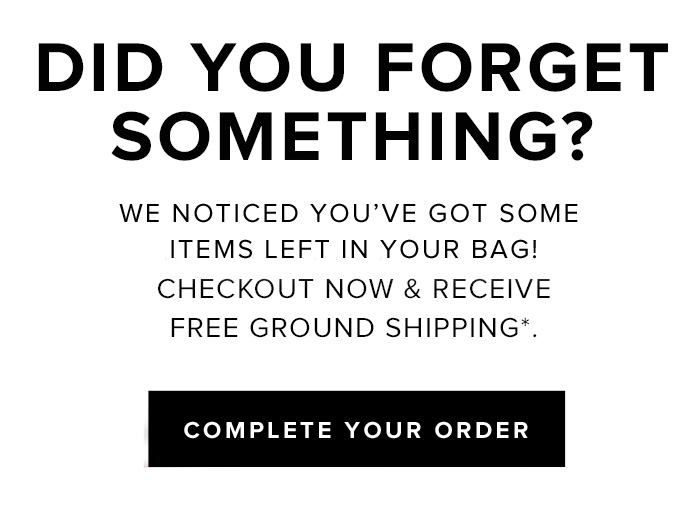In the eCommerce business, bringing customers to the checkout page is a battle on its own. Even at the checkout page, most customers will be fence-sitters fighting an internal battle whether to buy the product or not. The slightest trigger is enough to make them abandon the shopping cart and veer off to something else on the Internet. That is what we call is ‘cart abandonment’.
The shopping cart abandonment happens when a customer adds a product to the shopping cart but exits the online store without making an effective purchase. Baymard Institute, a UK based web research company estimates that online retailers suffer a hefty 69% cart abandonment rate.
The most commonly customer-confessed reasons for cart abandonment include:
- Hidden extra costs for shipping, packing, same-day delivery, etc at checkout
- Unavailability of a guest account checkout option
- Lengthy checkout page that asks for too much personal information
- Security concerns relating to online or card payments
- Website crashed or payment did not get through
- Inadequate information on returns policy, delivery schedule, etc.
- An additional mode of payments like promo codes, gift coupons, digital wallets, etc. unavailable
How To Reduce Cart Abandonment And Increase Conversion Rates?
A handful of design changes and some tweaks in the checkout process can reduce cart abandonment and turnaround fortunes for your online store.
Here are some expert-suggested ways to do that.
- Opt for single-step or one-page checkout
- Offer diverse payment modes
- Display Trust Badges or Security Seals
- Use an effective Ad Retargeting campaign to win them back
- Use Email Recovery Campaigns
Opt For One-page Checkout
With one-page checkout, customers can pay for their products and complete the transaction without much effort. The amount of information asked is pretty less and can be easily filled in with the help of auto-fill.
A multi-page checkout, on the other hand, is lengthier, asking for elaborate and unnecessary information, which can be quite annoying for customers to fill. Customers who are already hesitant to make a purchase might prefer abandoning their cart than entering the required details to complete the lengthy checkout process.
Here is how a single-page checkout will look like:
As you can see, the information is easy to fill with the autofill feature turned on, making it easy for the customer to complete the transaction.
Offer Diverse Payment Modes
Statista’s most preferred payment method among U.S. online shoppers 2017 survey has found that 55% of US shoppers pay with credit cards. Following credit cards, the other mode of payments is PayPal, Debit Card, coupon codes or vouchers, etc.
There is a fat chance your online store is suffering from high cart abandonment rates when customers are not offered their preferred mode of payment. Even with credit cards, there are several service providers like Mastercard, Visa, American Express, etc. which your target customers will be used with varying frequency.
To overcome this issue, optimize the checkout process to accept multiple payment modes that are regionally preferred by customers. For instance, there is a huge user base for Alipay in China whereas customers from the Netherlands and Germany bank on iDEAL. Understand customers and survey them to find their preferred payment mode.
Display Trust Badges Or Security Seals
A trust badge takes on the task of establishing trust in the minds of customers. It shows customers that your online store has a payment checkout process that is indeed safe and secure.
These trust badges are primarily issued by SSL certificate providers indicating that the particular page is encrypted and does not allow information to be stolen or intercepted by hackers.
In addition to these badges, there are also other trust badges that show that your store sells authentic products or that you are an authorized dealer of the product on display.
Here is an image that shows a collection of trust badges and security seals:
As you can see from the image, the badges stand for security as well as proof that they are certified or accredited with specific authorities in the industry.
Use Ad Retargeting Campaigns To Win Them Back
Retargeting ads can bring back lost customers. In fact, there is a 70% higher chance that customer will convert at your website if they are retargeted with relevant ads.
Ad Retargeting campaigns works based on the visitor’s browser cookies. The cookie follows the visitor anonymously over the Internet. Based on the visitor’s behaviour, the cookie informs the retargeting provider when to shoot the retargeting ads containing product banners or CTA which the customer had checked on your store earlier.
Retargeting ads showcase the right product to customers tempting them to make the purchase. Also ad retargeting can be used to shoot specific discount offers or coupons that can help increase conversion.
This retargeting ad popped up in my feed minutes after I checked out these products. Here is how they make their customers buy
Now that is one retargeting ad you cannot help but click on as it has my favourite product along with offers like ‘free shipping’ and element of urgency.
Use Email Recovery Campaigns
Email recovery campaigns shoot personalized offers and product emails to customers. The purpose of email recovery campaigns is to rekindle the interest of the customer and attract them to make a purchase.
Email recovery campaigns typically contain:
- An image of the product that the user has earlier checked
- Customer reviews and ratings of previous customers
- Ongoing or upcoming offer on the product
- A strong actionable call to action for immediate action
Here is a classic abandoned cart email that your customers cannot resist to ignore:
The tagline that the customer missed something is an emotional trigger guaranteed to invoke an action.
Followed with an offer for free shipping and the large call to action that calls for completing the order is a surefire recipe to win back customers.
Let’s Take A Oath To Put An End To Shopping Cart Abandonment
‘Cart abandonment’ may be the most dreaded word for all eCommerce business owners which happens for a variety of reasons. From lengthy checkouts to online payment security concerns, we have listed out all possible reasons that force customers to abandon their online shopping carts.
But, should you worry? It is always possible to win back your lost customers with some minor tweaks to your checkout process as we have explained until now.















